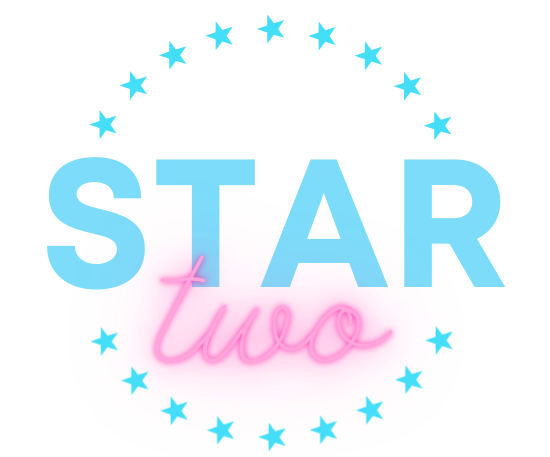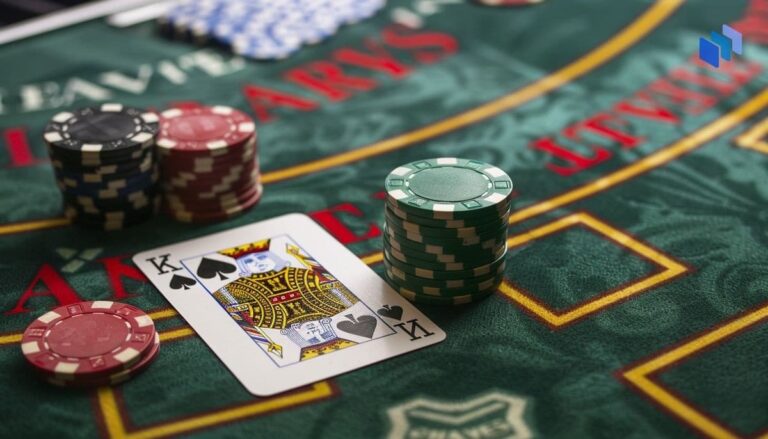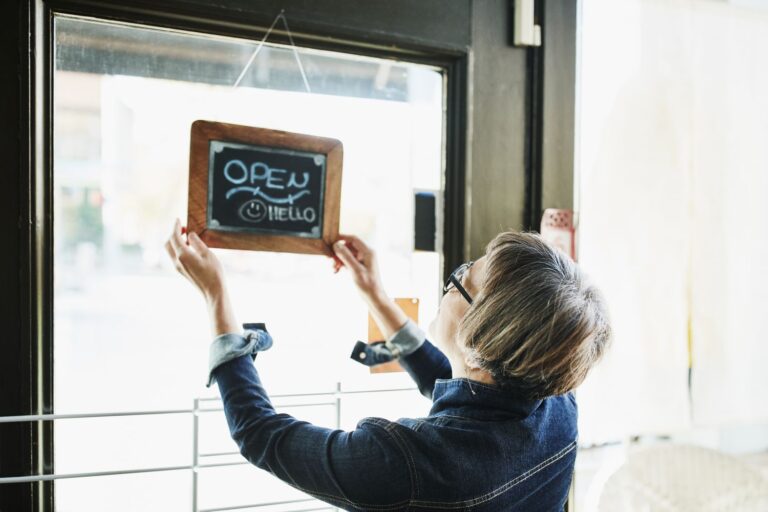Blackjack is not a guessing game. Success requires more than gut feeling or luck. Every move at the table has a mathematical backbone. Probability rules every hit, stand, split, and double down. Players who ignore it bleed chips. Players who respect it gain an edge. This article breaks down how probability shapes every decision in blackjack and how you can use that knowledge to maximize your outcomes.
Key Highlights
- Blackjack is a probability-driven game with predictable patterns that favor strategic players.
- Card counting is a math-based system that reveals when the odds shift in your favor.
- Smart decisions depend on knowing the likelihood of busting or improving your hand.
- House edge drops dramatically when you play based on probability, not emotions.
- Probabilities in blackjack change with each card revealed, making adaptability key.
Probability Shapes Every Decision
The game may look simple. Two cards. Add to 21. Beat the dealer. But beneath that simplicity lies a web of statistical calculations.
Every card in the deck affects your odds. If you know what’s been played, you can anticipate what comes next. That’s the core of probability in blackjack. It’s not about predicting exact cards—it’s about making decisions based on likelihood.
For example, if you hold 16 and the dealer shows a 10, standing feels safe. But the numbers say otherwise. You’re likely to lose unless the dealer busts. Statistically, hitting gives you a better long-term return. That’s why understanding probability separates casual players from real contenders.
The Basics of Blackjack Odds
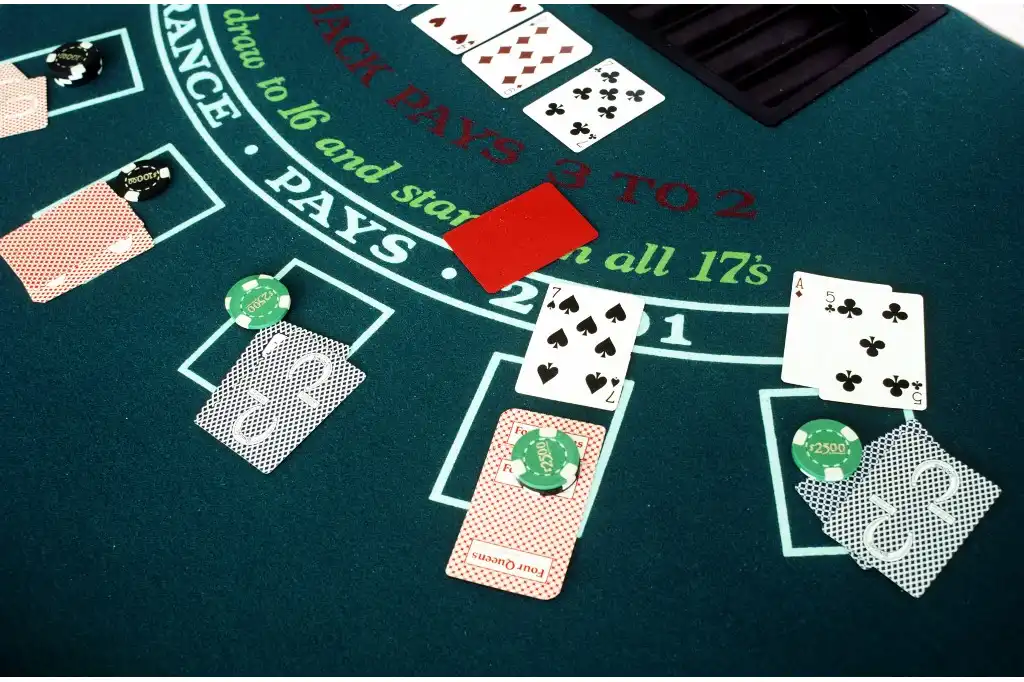
Let’s clear one thing: every hand in blackjack is tied to a set of probabilities. You must act based on those odds—not on instinct or emotion.
Start with the most common scenario: a total between 12 and 16. These totals are tricky because you’re at high risk of busting but also vulnerable to dealer hands. In many cases, standing on these hands when the dealer shows 7 or higher is a mistake. The math says hitting gives you slightly better chances over time.
Then there’s the dealer’s bust probability. When dealers show a 6, they bust over 40% of the time. That’s your cue to stand on weak hands. But if the dealer shows a 10 or Ace, your survival rate drops unless you strengthen your hand.
Knowing the bust rates and outcomes for each combination lets you make optimal moves. Here’s the truth: blackjack is not about playing perfectly every time. It’s about playing better than the guy next to you.
Playing Online? Pick a Platform that Rewards Strategy
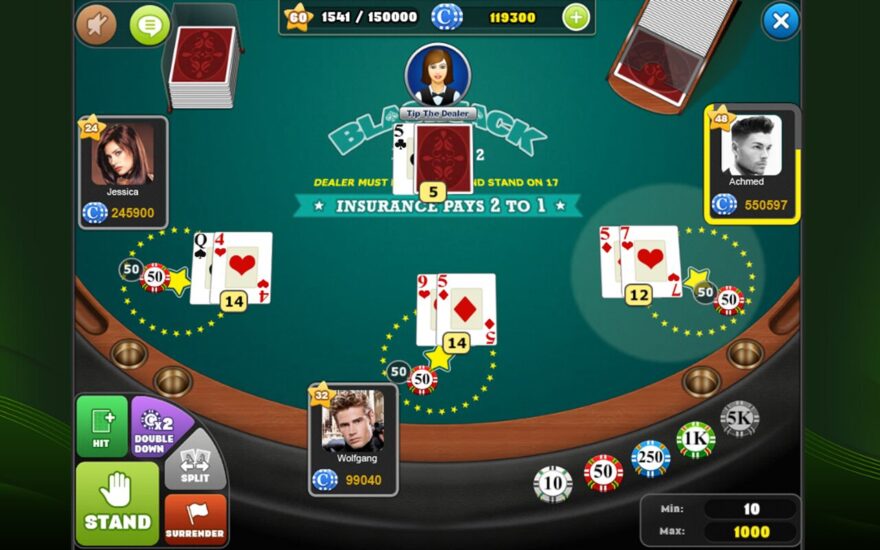
If you’re sharpening your game online, don’t waste time on low-quality platforms. You need reliability, fairness, and an environment where smart decisions pay off.
Royal x Casino is a standout option. It’s not just about flashy interfaces or flashy jackpots. The platform blends skill-based games with classic casino titles like blackjack. Their engine supports consistent performance, so you’re not up against glitches or rigged outcomes.
It has a solid reputation among players in Pakistan and beyond. It offers blackjack tables where probability-based strategy makes a real difference. If you’re serious about improvement, practice there and track how your decision-making translates into results.
Card Counting: Probability in Action
Card counting isn’t cheating. It’s math. And it’s legal if done without electronic aids.
When you count cards, you’re tracking high-value versus low-value cards that remain in the deck. More tens and Aces in the shoe? Your odds of getting blackjack go up. That’s when you raise your bets. More small cards left? Time to pull back.
The most basic system is the Hi-Lo count:
- Assign +1 to cards 2 through 6
- Assign 0 to cards 7 through 9
- Assign -1 to 10, J, Q, K, A
Keep a running total. The higher the count, the better your edge. A positive count signals an opportunity to strike. A negative count warns you to tread lightly.
Card counting doesn’t guarantee wins every time. But over hundreds of hands, it cuts into the house edge. It’s one of the only proven ways to shift the game’s long-term outcome in your favor.
House Edge and the Cost of Ignorance

Every casino game has a house edge. It’s the built-in margin that ensures the casino profits. In blackjack, that edge sits around 2% for players who go in blind.
But here’s the good news: probability-based decisions reduce the house edge to below 1%. With near-perfect basic strategy, the edge drops to 0.5% or lower.
What’s the cost of ignoring probability?
- Standing on 16 vs. 10 when you should hit
- Splitting 10s when the dealer shows a weak card
- Doubling down on the wrong hands
Each mistake adds fractions of a percent to the house edge. Over time, those fractions bleed your bankroll.
You don’t need to memorize every chart. Start with common matchups and work your way up. Focus on the most frequent hands, like:
- When to split 8s
- When to hit soft 17
- When to double on 11
Strategic improvement pays off faster than you think.
Adapting to Shifting Probabilities
Blackjack is not static. Odds change with each card. That’s why you can’t use one fixed rulebook for every hand.
Suppose you’re playing at a table that already burned through 30 cards. A few high cards have come and gone. Now you’re holding 12, and the dealer shows a 4. Standard advice says to stand. But if you’ve tracked that most 10s are already out, hitting might be safer. Lower-value cards are more likely to show up now.
That’s what makes probability powerful. It teaches you to adapt, not guess.
Always reevaluate:
- Has the deck shifted in your favor?
- Are patterns emerging that suggest a cold or hot shoe?
- Is the dealer pulling an unusually high number of face cards?
Stay alert. The edge belongs to the player who adjusts.
Bankroll Management Powered by Math
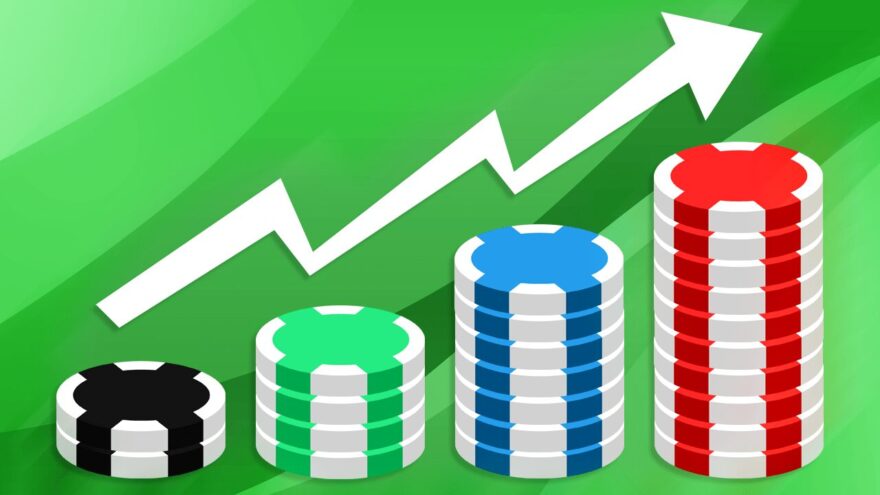
Smart bankroll management relies on probability as much as gameplay does. You must treat your chips like limited fuel. Reckless play burns through them fast. Controlled play stretches them out and lets probability work in your favor.
A proven method: the Kelly Criterion. It tells you how much of your bankroll to wager based on your edge. The formula looks complex, but the idea is simple—bet more when you have the advantage, bet less when you don’t.
For casual players:
- Set a loss limit
- Set a win goal
- Walk away when either is hit
Probability doesn’t help if you keep playing until your chips disappear.
Practice Tools That Teach the Math
If you’re serious about improving, don’t just watch YouTube tutorials. Use interactive tools. Trainers simulate hands, correct your mistakes, and help you internalize probabilities. They push you to think beyond basic strategy.
Use them to:
- Test your knowledge in real-time
- Get feedback on missed decisions
- Track your performance by hand type
Over time, you’ll build intuition backed by math. That’s when your blackjack game goes from average to calculated.
Conclusion: The Smart Player Respects the Math
Luck can win you a hand. Math wins you the game.
Probability gives structure to chaos. It tells you when to hit, stand, double, or split. It teaches you discipline and rewards long-term thinking. Blackjack punishes guesswork. But it rewards players who respect the numbers.
Use platforms to apply those skills in real games. Focus on decision-making. Track your outcomes. Adjust as you go. Probability won’t make you rich overnight. But it will keep you smarter than the table.
Related Posts:
- 20 Best Gaming Headset Under 50$ 2024 - for PC, PS4,…
- Top 10 Best Modem For Gaming 2024 - For Optimum Gaming Speed
- 10 Best Intermediate Climbing Shoes 2024 - Good for…
- Top 10 Best Paint Sprayer For Cabinets 2024 -…
- 5 Tips for Understanding the Hit & Stand Betting…
- Top 16 Best Office Chair Covers 2024 - Chair…
